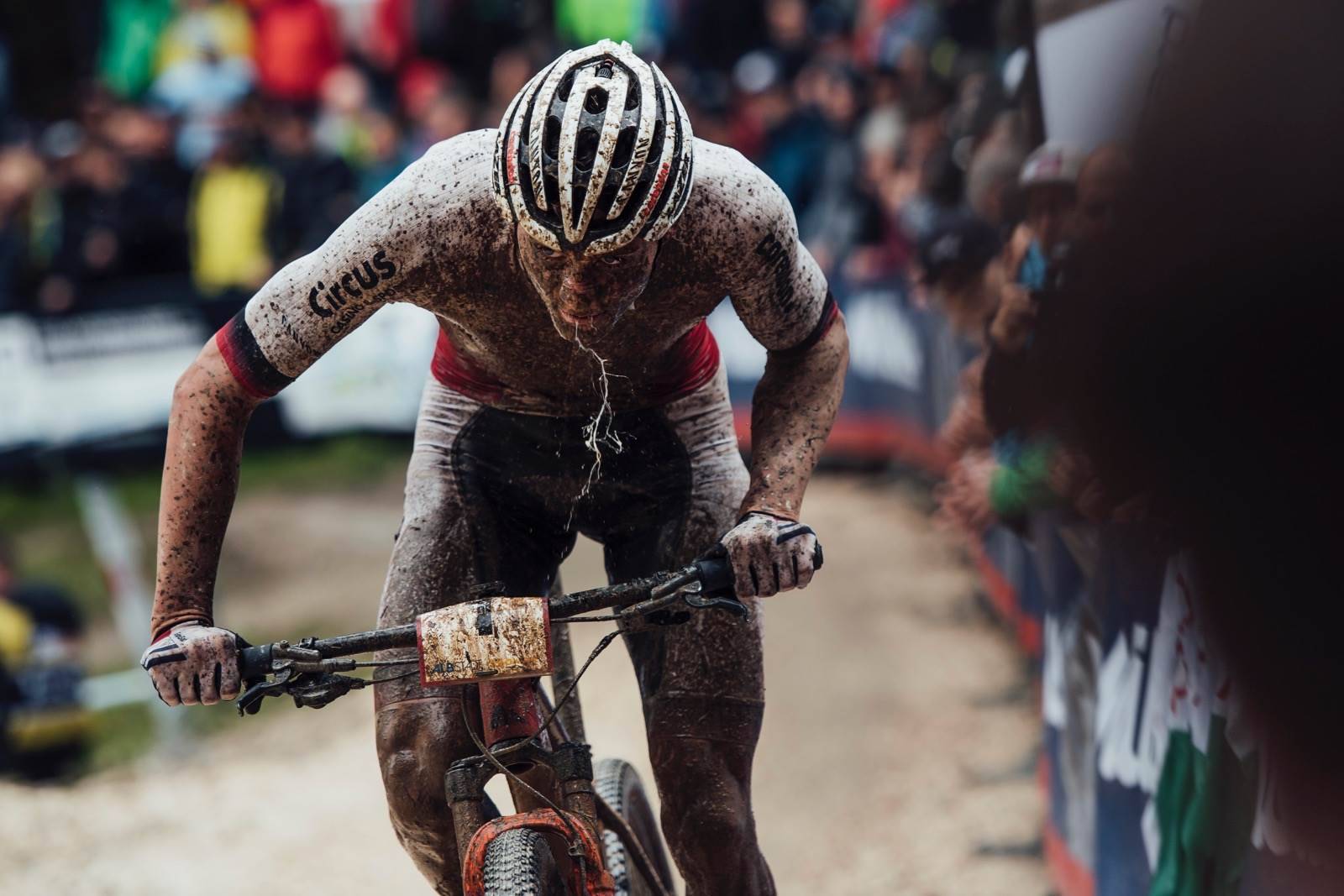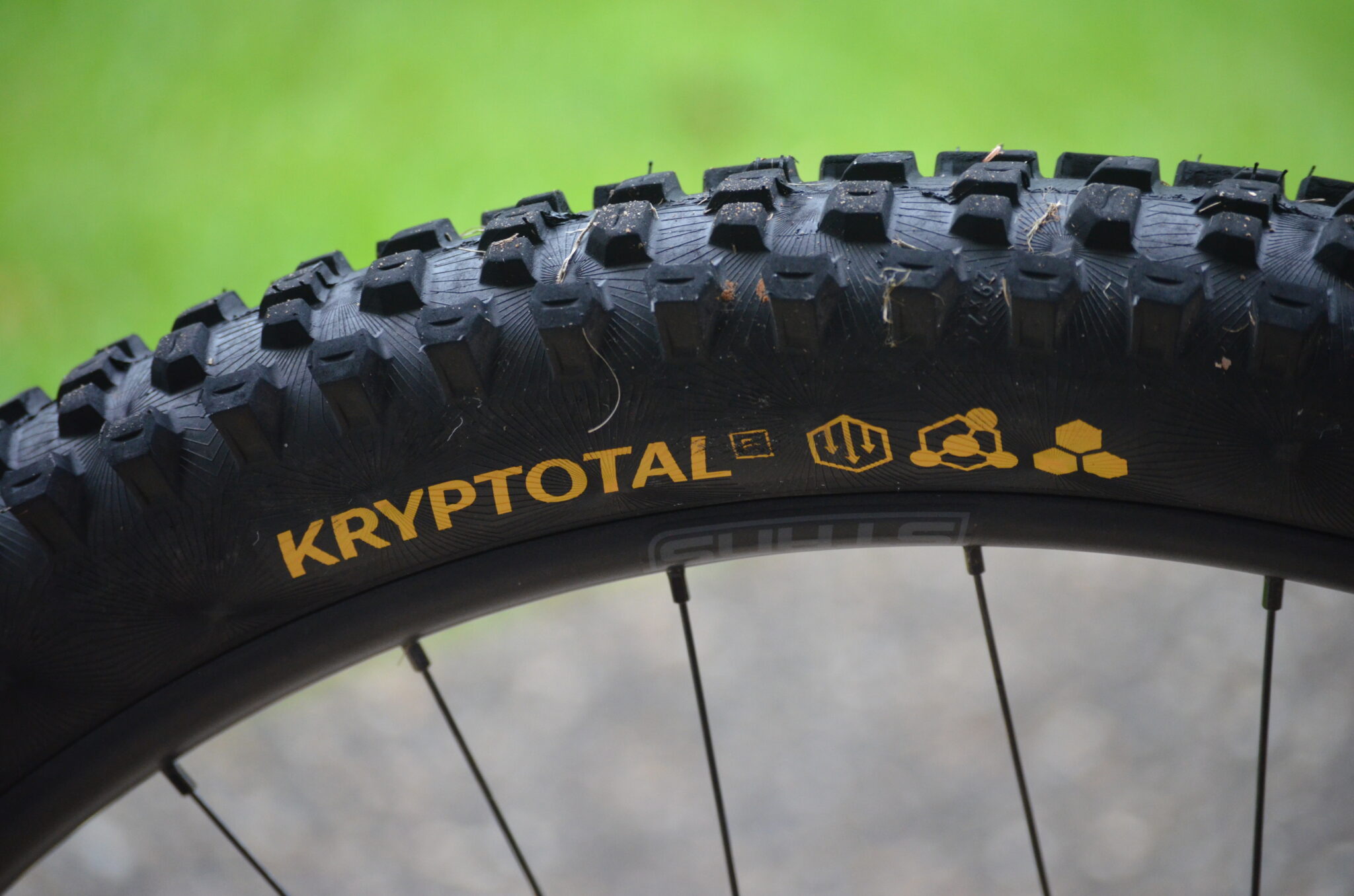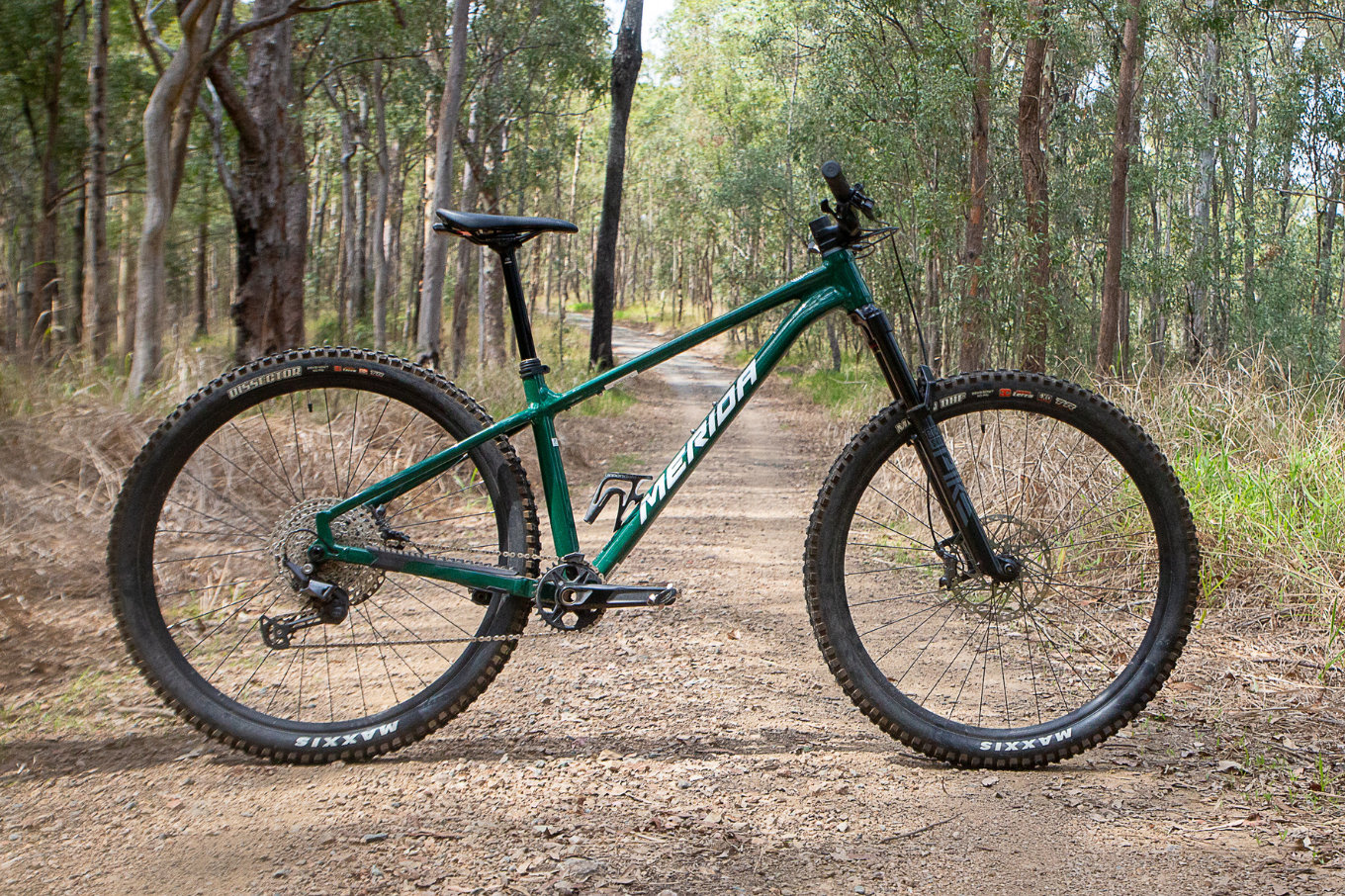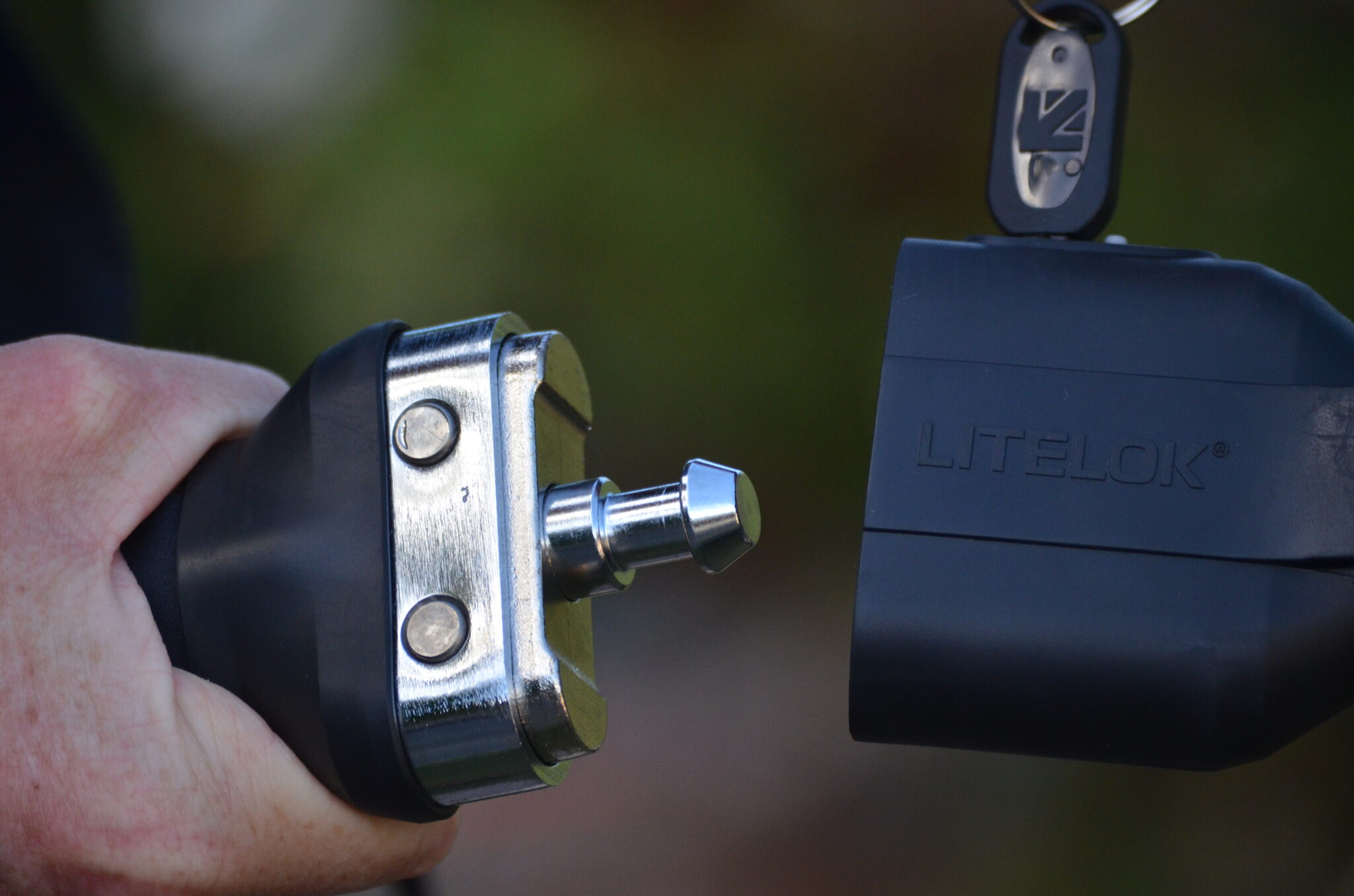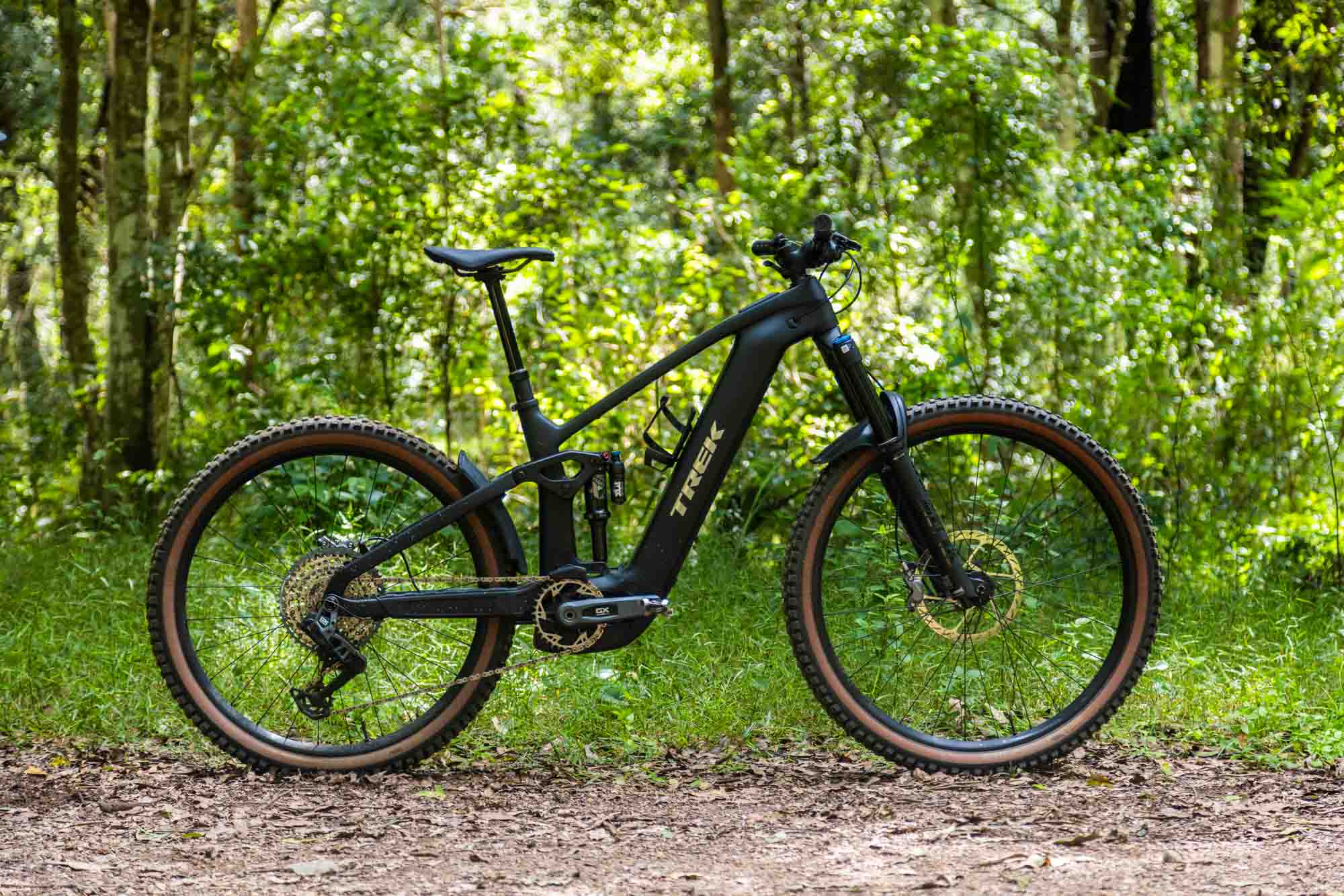The Indoor Life: Intensity is King
Whether you're riding up and down hills or just down, we could all do with some VO2 work now and again! Here's some tips!
Words: Anna Beck Photos: Mike Blewitt, Bartek Wolinski
One famous philosopher once stated “To erg is life”.
Actually that’s not true–I made it up–but sometimes I read philosophy and it’s a saying I definitelyhave uttered on more than one occasion to many of my athletes. We are deeply within the bowels of Australian winter, the mornings are dark and cold and the lure of staying in the warm bedsheets is enough incentive to skip the group ride.
Fear not! With the advent of smart trainers, or even the humble old mag or fluid trainer, there is a way to maintain and even increase your fitness when the days are short and the training volume is lower in the cooler months.
Here are two of my favourite ergo VO2 max boosting sessions, a gift from my pain cave to yours.
What is VO2?
VO2 is often the zone that will determine a race winning move or break in a race, it’s also called Zone 5 and is the maximal sustainable effort lasting between 2.5 and around 9 minutes. During a cross country race, heart rate will often hover around threshold, however power will move stochastically from threshold to VO2 max zones and above in tricky technical sections.To clear that steep, rooty 2-5min climb every lap, it’s likely you are pushing hard into this zone.
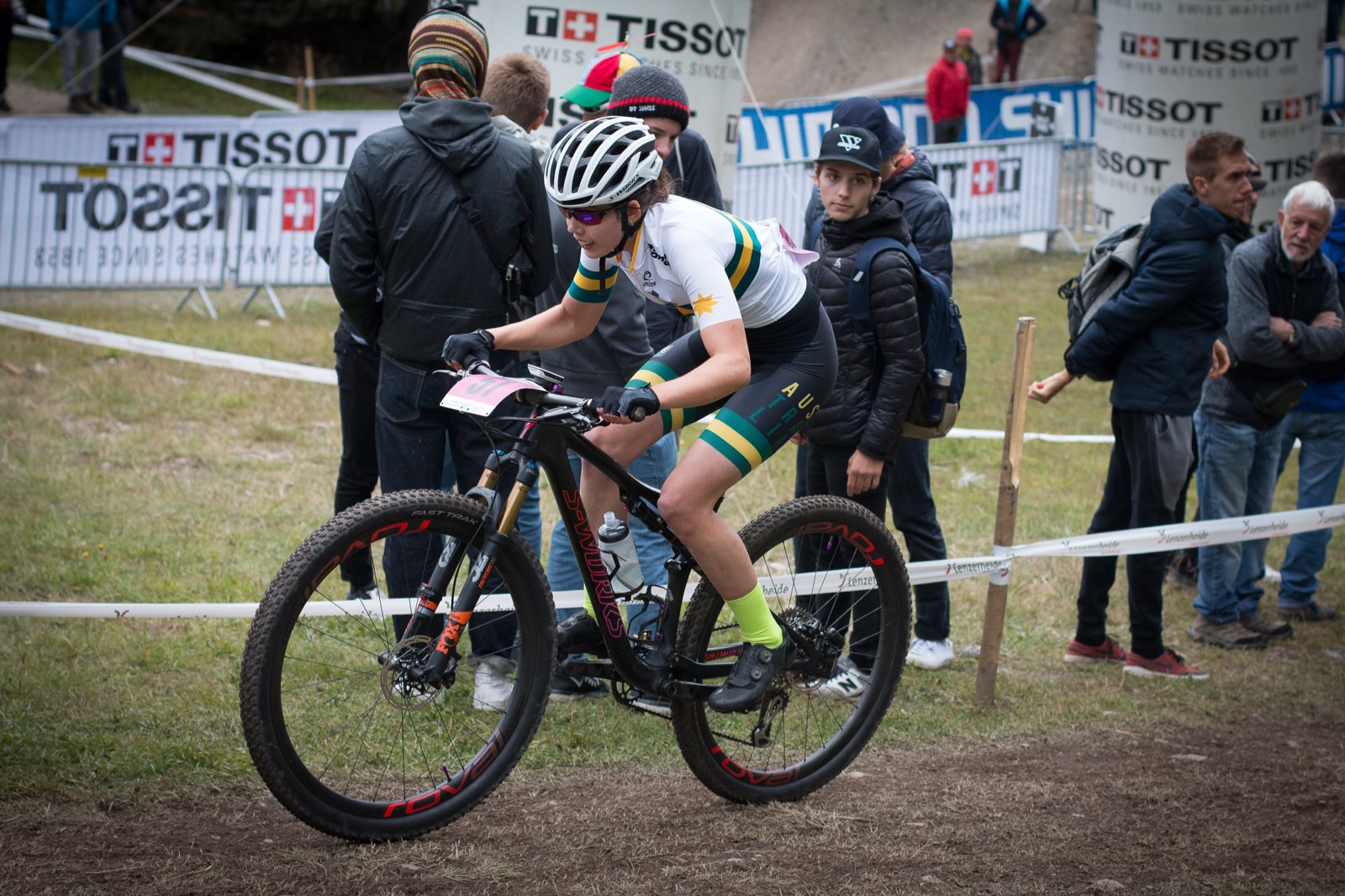
The thing about your VO2 max is that it isn’t difficult to optimise… in theory. It only takes sessions with from 12-30 mins of ‘work’ time to reap the multiple benefits of VO2 max training; notably increased stroke volume of the heart (central effects) and optimised oxygenation of target tissues (peripheral).
The sessions itself are easy to write and prescribe on paper, but very taxing physically, neurologically and mentally. Thus, while I often prescribe intense sessions like this throughout mid-base phase onwards, leave extensive VO2 training until build and peak sessions. It’s important to have done some groundwork on your aerobic base before launching into these sessions.
These sessions are best scheduled after a recovery day, in order to be fresh enough to hit the right zones and get the correct training adaptation. Pacing is also important; for those aerobes out there who live and breathe endurance miles, the zone is often harder than perceived. On the other hand, for those of us who relish sprints and higher intensity, it’s easy to hit these too hard off the bat and limp home at the end. Power zones are a perfect way to manage consistency of the effort, however if using heart rate or RPE, you want to start at around 8/10 and by the end of the effort you should be feeling a desperate need for a recovery interval.
It’s also important to note for these higher intensity intervals that if using heart rate it can take a bit of time for the numbers to reflect your workload, so don’t be surprised if you’re working hard and it takes until the end of the first, or midway through the second effort to reflect this.

These sessions are based on either percentage of threshold power (%FTP), heart rate zone or rate of perceived exertion (RPE), so be sure to do some field testing prior to starting if you’re planning to use power or heart rate.
Before you start
As they say, failing to plan is planning to fail, so for optimal morning ergo success I recommend setting your bike up the night prior.
– Have a bench next to the bike with your bottle, towel, music player/phone
– Have motivating music ready to go
– For more intense sessions it’s recommended to have a snack before training, or alternatively during your session
– Plan a recovery snack or meal for post-workout
-These sessions are HARD, recovery is paramount
Session 1: The Crunchy Granola VO2
Best for:
XCO, XCE, XCM and Road Cycling, useful for improving aerobic performance in all disciplines
What is it?
4x4min efforts at a maximal sustainable intensity, with a 1:1 work:recovery interval ratio (ie: 4min work, 4min rest).
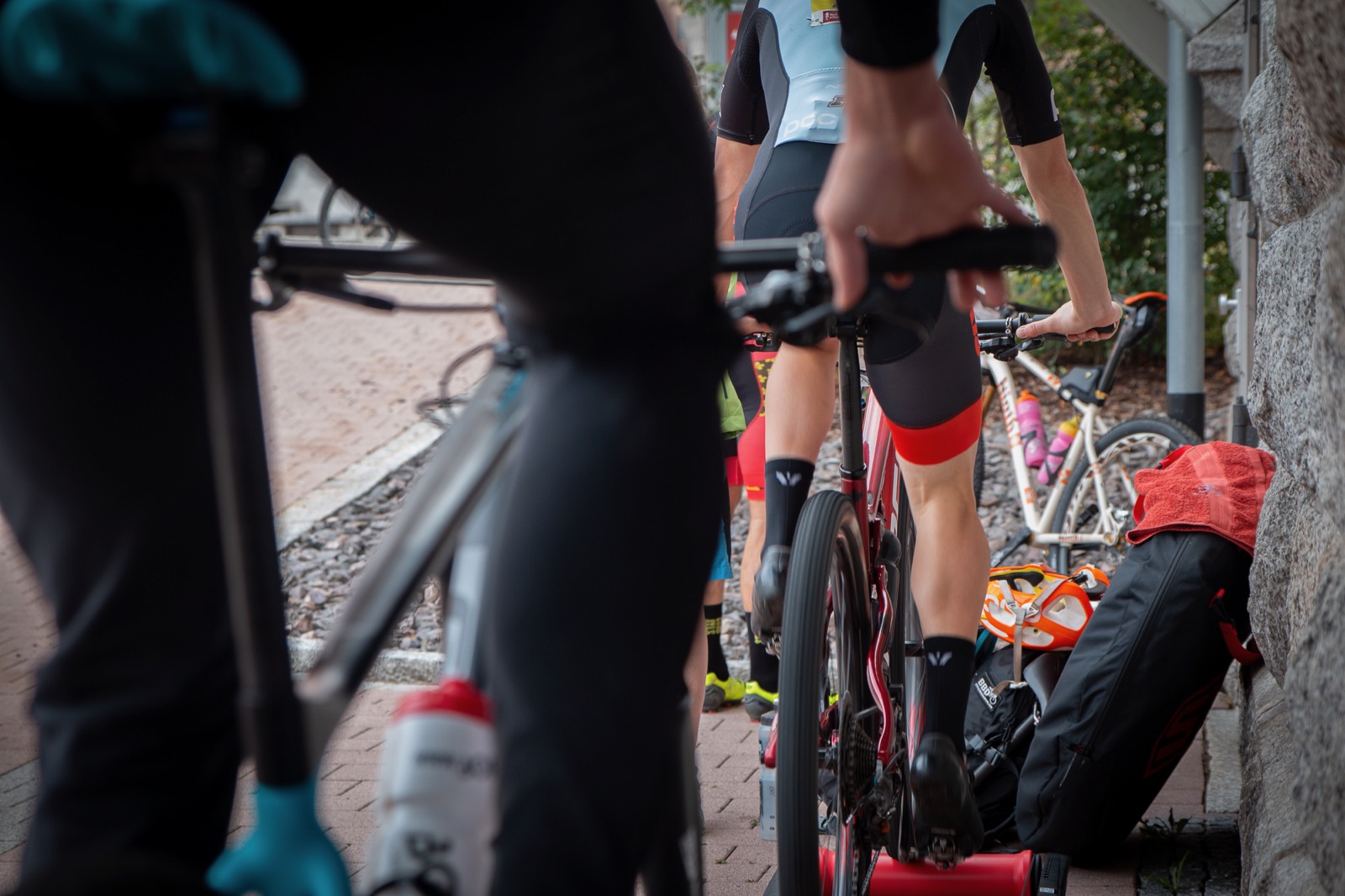
What does it do?
– Psychological benefits in pain tolerance (or as I like to rephrase it “mitigating the negative affect resulting from discomfort”)
– Increases output at VO2 max
– Both central and peripheral stress from steady-state VO2
– Pulls up threshold from above
|
The Crunchy Granola V02 |
Duration |
Power Zone |
Heart Rate Zone |
RPE |
Zone |
|
Warm Up |
10min |
56-80% FTP |
69-94% Threshold HR |
3-4 |
2, build to 3 |
|
On |
4min |
105-120% FTP |
>100% Threshold HR |
7-8 (will feel maximal at end of efforts) |
5 |
|
Off |
4min |
55-75% FTP |
<83% Threshold HR |
1-3 |
1-2 |
|
On |
4min |
105-120% FTP |
>100% Threshold HR |
7-8 (will feel maximal at end of efforts) |
5 |
|
Off |
4min |
55-75% FTP |
<83% Threshold HR |
1-3 |
1-2 |
|
On |
4min |
105-120% FTP |
>100% Threshold HR |
7-8 (will feel maximal at end of efforts) |
5 |
|
Off |
4min |
55-75% FTP |
<83% Threshold HR |
1-3 |
1-2 |
|
On |
4min |
105-120% FTP |
>100% Threshold HR |
7-8 (will feel maximal at end of efforts) |
5 |
|
Warm Down |
10min |
<55% FTP |
<68% Threshold HR |
<2 |
1 |
Dollop of yoghurt:
For progression with these efforts, we look at increasing the output withinzones before moving through to increased duration. This means if your average power output for the efforts one week was 300W (which is calculated by adding the average power of each of the four efforts together and dividing by the number of efforts), then we are seeking an improvement for the next session before adding extra efforts here. To increase the duration you can look at adding up to another 2x 4min efforts with the same recovery intervals. Alternatively, if targeting a shorter or longer climb you can customise the duration of the VO2 intervals between 2.5–6mins, with 1:1 Recovery intervals.
Session 2: The Spicy Sriracha V02
Best for:
XCO, XCE, CX, Gravity
What is it?
Repeated 30 second efforts with a short 15 second recovery interval, repeated 13 times for a total of 9 minutes work time, followed by a short 3 minute recovery period before launching into the subsequent set.

What does it do?
– Breaking up the sets into short work:rest intervals allows for greater power output than standard steady-state VO2 efforts (see Crunchy Granola).
– There is some evidence to suggest that this particular training protocol may even increase greater training adaptations to lactate threshold, 5 minute and 40 minute output than steady-state efforts.
– These are great in late build and leading into peak and race phases.
– More stress centrally (due to frequent short recovery sessions)
Taking it outside
While I have spoken extensively about the benefits of indoor training and added a couple of great VO2 max boosting sessions, completing sessions on the mountain bike can be the final piece of the puzzle, and finding that 3-5 minute climb to hit full gas is far more specific than sitting in a shed on a trainer.
But while it’s cold and dark and there’s such a small window of opportunity to get a ride in when bed feels so warm and delicious, I’ll keep my VO2 sessions inside thanks! Happy riding!
Anna Beck
Anna Beck is a Level 2 cycling coach and 2018 XCM National Champion, and coaches a range of athletes.
annabeckcoaching.com.au

